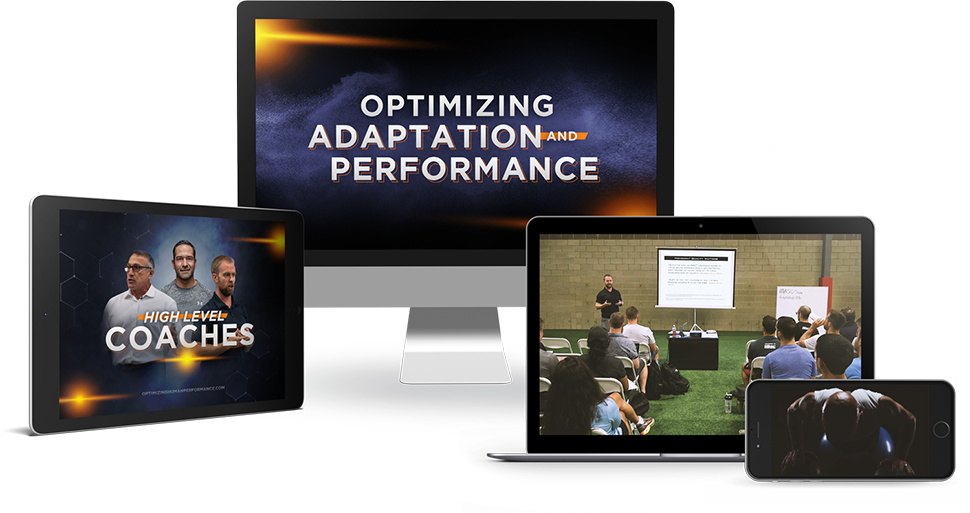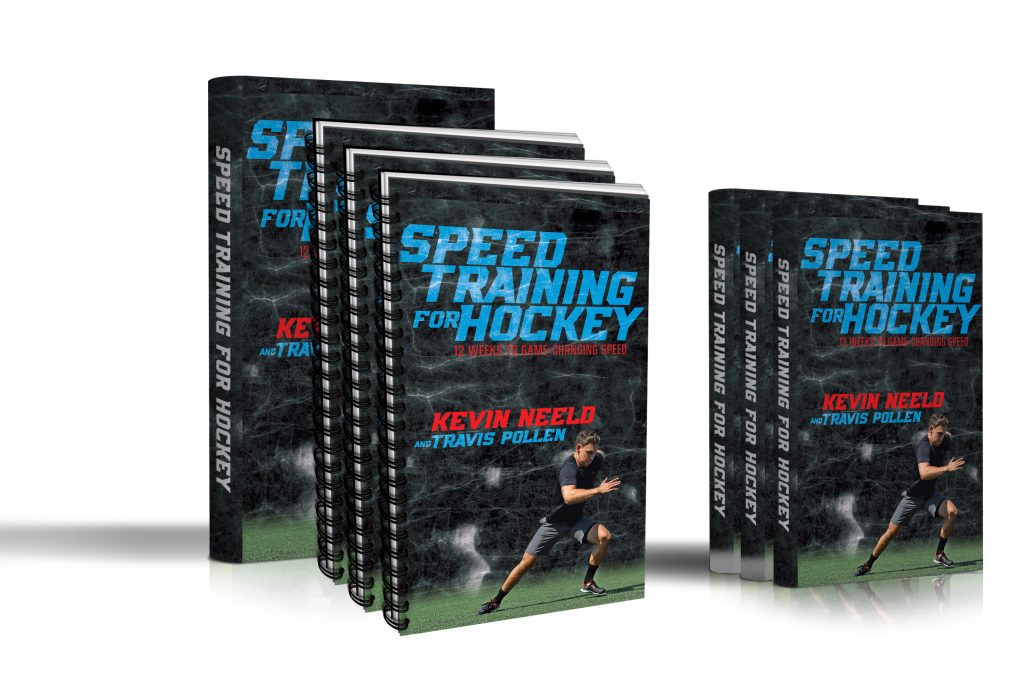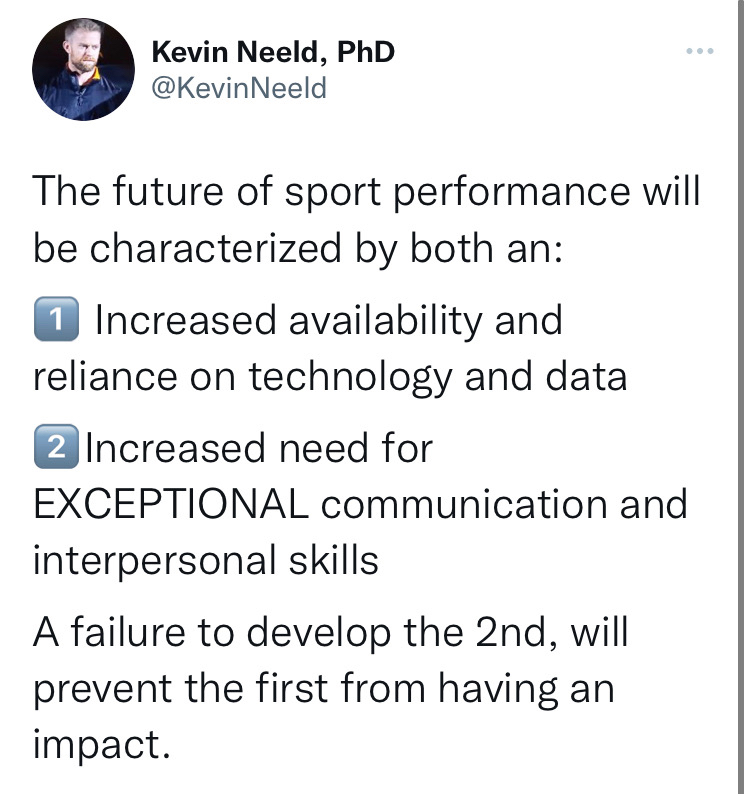Great post on taking a broader view on ankle mobility from @timlebbossiere.
Give these a shot, and feel free to post any comments/questions below. If you found this helpful, please share/re-post it so others can benefit.
From TIm:
One of the things I’ve strived to get better at over the years is finding meaningful ways to improve ankle mobility because I think it is the hardest joint to get meaningful changes in
I think too often we just tell athletes to throw their toes on the wall and do a couple of reps of ankle dorsiflexion. That’s better than nothing, but we have to remember that the ankle dorsiflexes, plantarflexes, inverts, everts, and rotates.
Some of my favorite “different” ankle mobility variations:
1. Staggered Stance Squat – dorsiflexion on back leg
2. Lateral Lunge to Cross Behind Lunge – inversion/eversion of stable leg
3. Lateral Leg Swings – rotation of stable leg (if you keep your foot pointing straight ahead)
4. Anterior Ankle Stretch – plantarflexion in both ankles
View this post on Instagram
To your success,
Kevin Neeld
SpeedTrainingforHockey.com
HockeyTransformation.com
OptimizingAdaptation.com
P.S. For more information on in- and off-season program design, training and reconditioning for injured players, and integrating sports science into a comprehensive training process, check out Optimizing Adaptation & Performance
Enter your first name and email below to sign up for my FREE Sports Performance and Hockey Training Newsletter!




